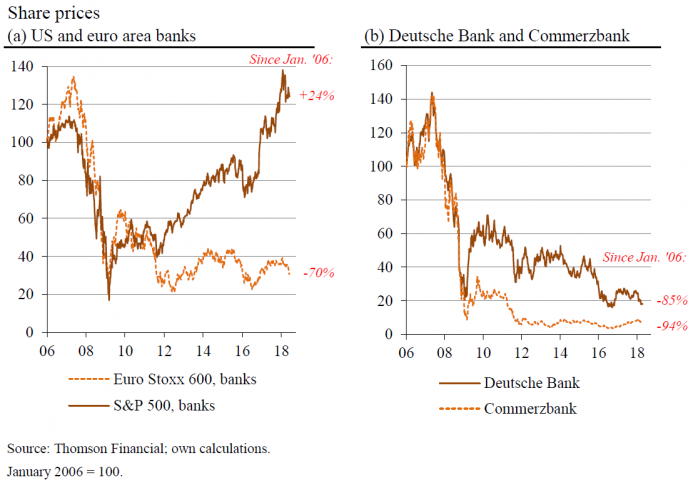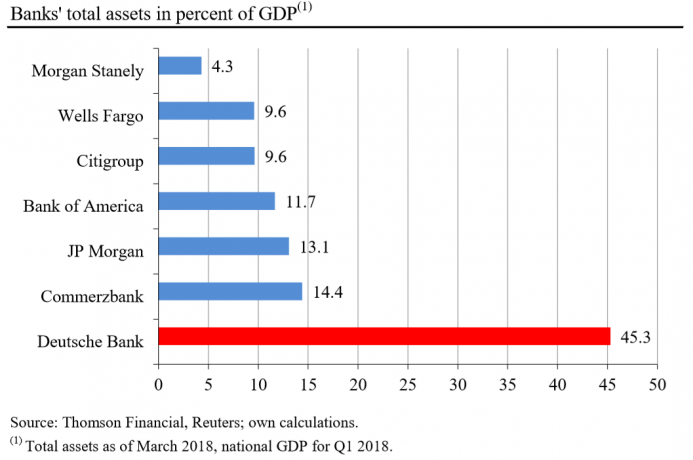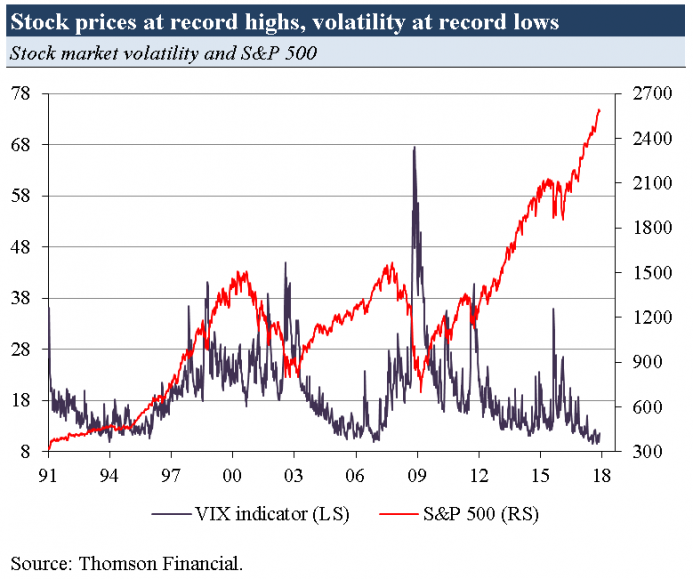What is fiat money and what does it do?
This is essential to understand since today’s worldwide unbacked paper, or “fiat,” money regime is an economically and socially destructive scheme—with far-reaching and seriously harmful consequences. There is an answer, though, and this lies in ending the money production monopoly of states.
The Problem of Fiat Money
The US dollar, the Chinese renminbi, the euro, the Japanese yen, the British pound, and the Swiss franc represent fiat money.
Fiat money has three characteristics:
- Fiat money is money monopolized by the state’s central bank. It is created by central banks and commercial banks licensed by the state.
- Fiat money is mostly produced through bank credit expansion; it is created out of thin air.
- Fiat money is dematerialized money, consisting of colorful paper tickets and bits and bytes on computer hard drives.
Fiat money is by no means “harmless.”
Fiat money is inflationary. Its buying power dwindles over time, and history has shown that this entropy is almost as irreversible as gravity. Fiat money makes a select few rich at the expense of many others. The first to get new money benefit to the detriment of those on the bottom rung.
What’s more, fiat money fosters speculative bubbles and capital misallocation, which culminate in crises. This is why economies go through boom and bust cycles. Fiat money lures states, banks, consumers, and firms into the trap of excessive debt. Sooner or later, borrowers find themselves in a deep hole with no way out.
Fiat money is easy to come by, so the government can finance its adventures and misadventures. Easy money; easy come, easy go. And the government keeps growing as it keeps spending…
…click on the above link to read the rest of the article…













